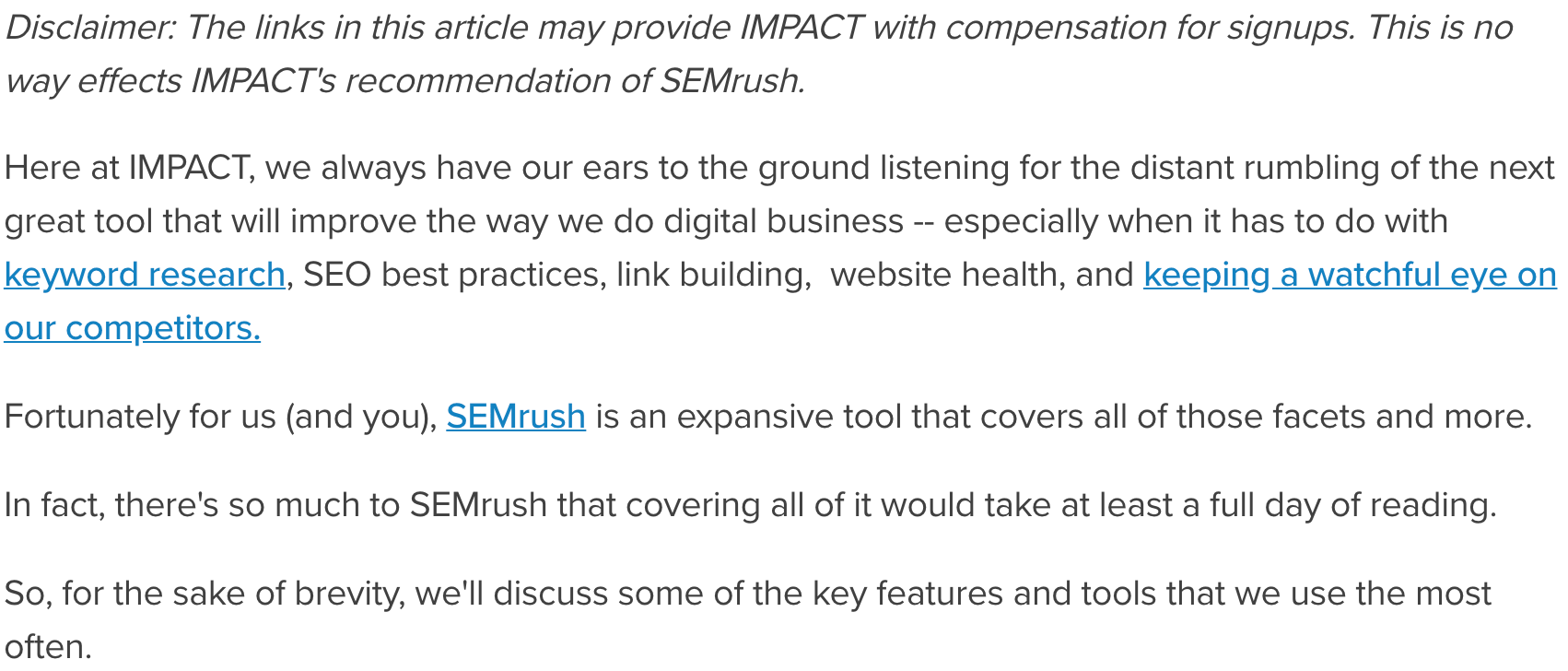Subscribe now and get the latest podcast releases delivered straight to your inbox.
I want you to think back to the last notable purchase you made.
It doesn’t necessarily have to be a big-ticket item, just one that was worthy enough to do some research ahead of time.
Whether it was a new vehicle, electronic device, kitchen appliance, sports equipment, beauty product, or even a new book, as long as it was something you felt vested in enough to make the right choice.
During your research, you probably looked up best-in-class listicles, comparison articles, and cost breakdowns to help you narrow your search.
And I’m willing to guess, once you were down to a handful of contenders, you read several reviews, too.
If you did, you’re right up there with 95% of shoppers who say they read online reviews before making a purchase.
It’s clear that online reviews can be the deciding factor between a customer buying a product or skipping it in favor of another.
This is why we teach all IMPACT clients to make product reviews a big part of their content strategy.
Here's how to write the reviews your customers are looking for.
Why you should write reviews of what you sell
At IMPACT, we teach our clients to focus on The Big 5 — five content areas that drive the most traffic and build the most trust.
You can read about The Big 5 in more depth here.
These are among the most important topics to cover because they answer the most pressing questions consumers ask before they make a purchase decision.
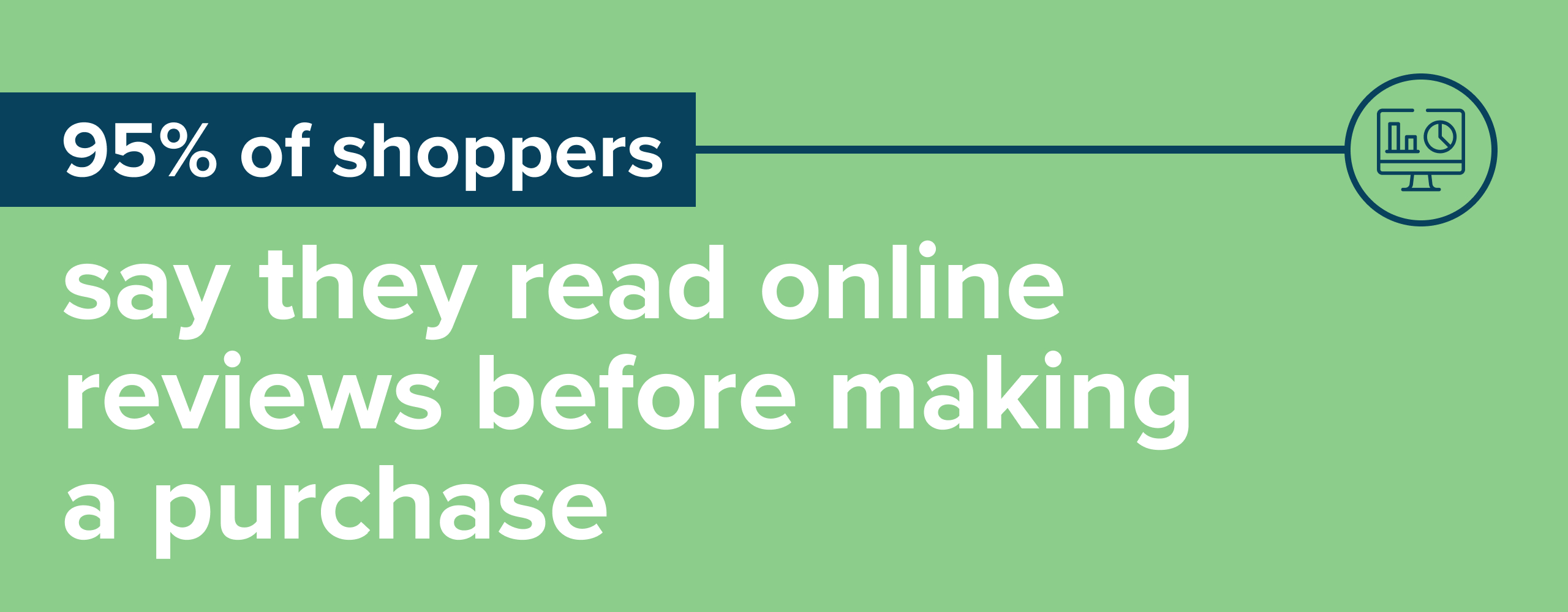
And while reviews may be less relevant to service-based businesses, they are clutch for retailers.
But why should you write reviews on your website?
1. Reviews are MOFU and BOFU gold
You can't just focus your content efforts on the top-of-the-funnel audience. When you write review articles, you’re catching people in the middle to bottom of the funnel.
These are folks who are heavily vetting a purchase and who are very close to making a final decision.
But first, they want to ensure they’re making the right choice.
2. Reviews reduce buyer’s remorse
People are willing to spend a lot of time safeguarding their purchase choices.
The more important the decision is to them, the more time they’ll devote to researching their options.
The last thing they want to have happen is to buy a product that turns out to be a bad fit for them.
So they turn to reviews to learn if the product is right for them because they feel that’s where they’ll get honest answers.
3. Reviews repair the trust deficit
One of the greatest benefits of the internet is that it levels the playing field between buyers and salespeople.
Just 15 years ago, salespeople were the gatekeepers of information, and they could choose to share that information with buyers or withhold it.
And let’s be honest, if you were to go to a used car lot right now without researching any of the vehicles on the lot ahead of time, how confident do you feel the salesperson would help you find the right car for you?
Not too confident, right? In fact, in a survey by Gallup, they found that Car Salesman was among the least trusted professions.
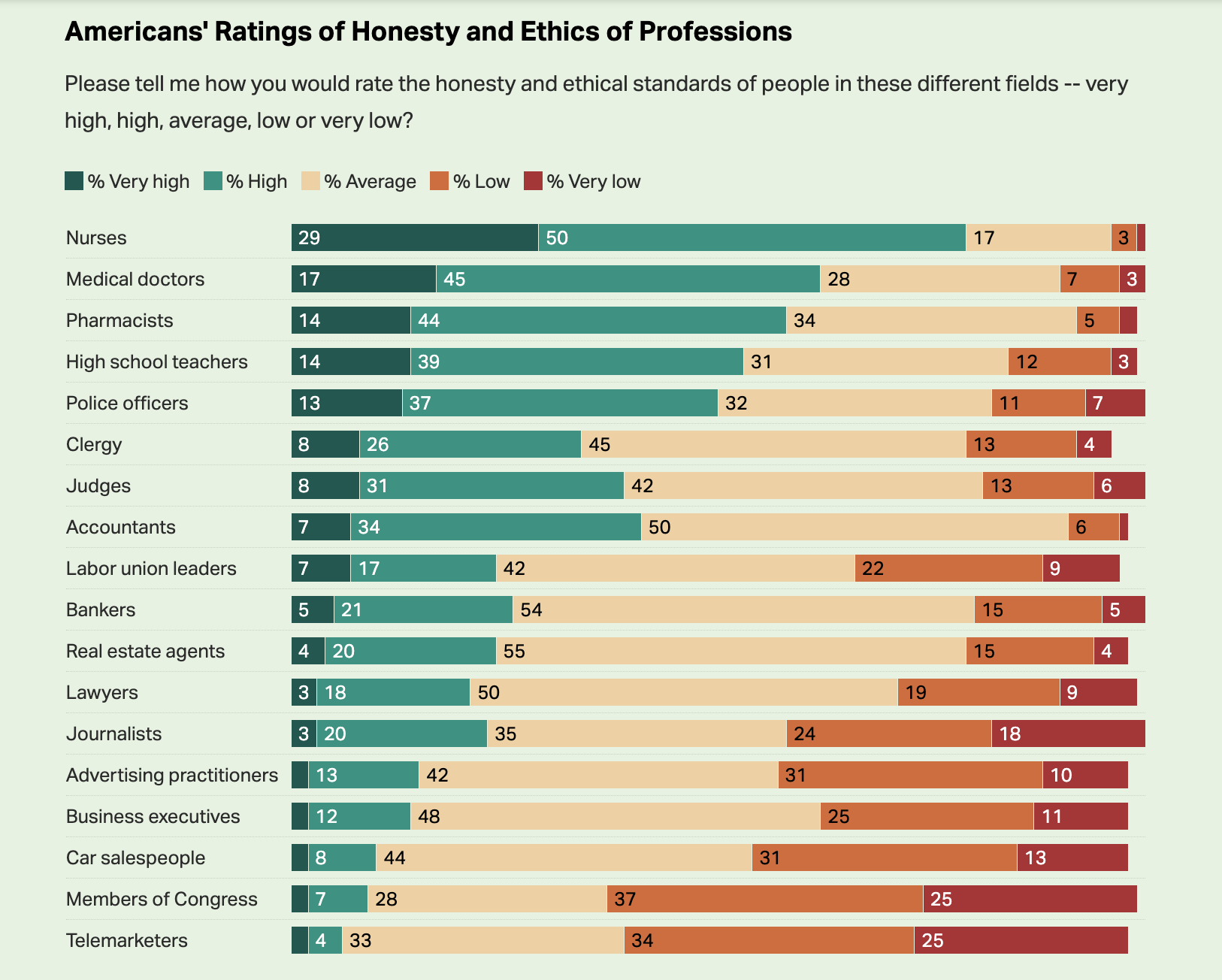
(Source: Gallup)
(Just one step up from Members of Congress and two steps down from advertisers. Yikes.)
4. Buyers learn from you
Perhaps the most important argument for writing your own reviews comes down to where people are reading the reviews.
Sure, third parties do a great job of educating people on the ins and outs of products, but where do those readers go after reading the reviews?
They could be clicking on links within those articles or they could be going back to Google and finding out who to buy from.
But if they’re reading the reviews on your website, they’re learning from you, they’re building trust in your brand, and you have a better chance of converting them into a paying customer.
And if you're honest and trustworthy, you're on your way.
How to write product reviews for your business blog
So now that we can agree on the value of writing review articles and why people are invested in reading them, how do we go about writing them?
Step 1: Commit to being honest and objective
First things first: If you’re going to write reviews, you can’t write them for the sole purpose of convincing people how great the products you sell are.
Remember, people trust reviews, they don’t trust salespeople. Take it from a former high school teacher — a profession that's at least halfway up the Gallup poll.
In that spirit, you have to take your business hat off and put on your consumer cap.
You have to be willing to admit that your products are not always a great fit for everybody.

Take the time to really consider situations and types of buyers that are not a good fit for the product.
How can you help people make the best decision for them?
To help your buyers out, you need to commit to being honest in your articles. If you have a bias (which if you sell the product, you do), you should let them know early on.
If you’re not upfront that you sell the products you’re reviewing, and readers figure it out on their own, you’ll lose trust.
This often manifests as language such as "The greatest X of all time" or "The ONLY solution that truly works!". These kinds of phrases immediately trigger the PTSD we all share from Billy Mays and the cheesy vibe of a hard sell.
As much as you’d like to hype up your products, you’ll need to be as objective as possible.
Don’t let your bias influence your review.
Step 2: Organize and prioritize
Before you put pen to paper (or fingers to keyboard, as it were), you’ll want to get organized.
Start by listing all the products you sell.
Once you have your list dialed in, you’ll need to prioritize which reviews get written first.
It’s up to you where you want to begin, but if you’re struggling, I’d recommend you start with top sellers.
These are products already doing really well, but if you want to increase your sales numbers, start by reviewing products people already want from you.
Write reviews of the products you’d like to sell more of or products you just started carrying.

You may also want to do some keyword and intent research and find out which products people are searching for reviews of the most.
Step 3. Get to know the product
If you’re already an expert on the product, fantastic! Writing the reviews should be a piece of cake.
If you’re not as familiar, you need to get familiar.
Be diligent in your research:
- Read the manufacturer’s product spec sheet.
- Read consumer and third-party reviews.
- Get your hands on the product (if possible) and try it yourself.
- Interview experts who have experience using the product.
- Interview your salespeople who have experience selling the product.
- Interview customers who have purchased the product.
The more you know, the better. Remember, it's essential that you actually become an expert if you intend to position yourself as one.
Step 4: Consider your grading criteria
How do you plan on critiquing the product?
Once you get to know the product intimately, you'll should create criteria by which to judge the product.
For instance, if you were writing reviews of vehicles, you'd want to include sections on how it handles on the road, safety features, interior features, size of the trunk, price, etc.
If you were reviewing lawnmowers, you'd want to include durability, ease of use, cut quality, maintenance, safety features, price, and performance.
Criteria will change depending on the product, but always keep in mind the categories that would be important for buyers to judge the product on.
If you're stuck, you can use AI to help you make sure you cover everything.
Step 5. Create an outline (with the user in mind)
It’s important this point remains foremost in your mind when writing reviews: These articles are about the buyer, not about you.
Put yourself in their shoes. You’re trying to help people make the right purchase for them. Sometimes that means letting people know when the product is not a good fit.
To help you organize your review, here’s a few elements to consider adding:
- An intro
- Description of product
- Specs, features, upgrades
- Grading criteria
- Pros and cons
- Good fit / bad fit customers
- Comparison to other products
- Quotes from experts
- Quotes from customers
- Outro / Conclusion
Step 6: Write the review
Now that you've done all the prep work, let's get writing. Here's what I tell my clients to include if they use each section I listed above.
What to include in an intro
Don’t be afraid to get creative with your intros, as there’s no perfect way to write one.
However, there are a few things to keep in mind as you’re introducing the product: Connect with the reader’s problem.
Why are they searching for reviews of this product in the first place? What do they hope to gain from reading it? How does making the wrong choice impact them on an emotional or personal level?
If you can hold the mirror up to them, letting them know they’re in the right place, you can get them to stick around for the rest of the content.
As an example, in a review we wrote of Semrush, my intro is a simple acknowledgement of just how many tools and features the software contains, and that the purpose of my review was to showcase the most important ones.
I want the reader to feel less overwhelmed by the tool by promising to focus on the most useful aspects.
Call out potential bias.
From the screenshot above, you may also notice the disclaimer at the top of the article letting readers know that IMPACT is an affiliate of Semrush.
If a reader decides to try Semrush for themselves and clicks on a link to purchase the software, IMPACT will receive nominal compensation.
If a reader discovered on their own that we get compensated for signups, how would they feel about the review?
By letting readers know my connection to SEMrush, they can feel more confident I’m not trying to pull the wool over their eyes.
(This has become even more important in the age of social media influencers. Look no further than the infamous MascaraGate.)
Buyers may have their defenses up a little bit as they read my review, but they can at least appreciate the upfront honesty.
Here’s another example of a company, Computype, that sells products they review, how they acknowledge it, and how they promise to be objective in their review of the Zebra ZD Barcode Label Printer.

Give a description of the product
One of the main elements people want from reading reviews is a comprehensive breakdown of all of the specifications, features, and upgrades.
These elements can easily be found by looking at the manufacturer’s spec sheet or the tools listed for the SaaS platform.
Listing all of the specs and features out in bullet points makes the content easy to scan by presenting it easily digestible bites.
Use grading criteria
Consider what is most important to the consumers reviewing these products.
When reviewing this individual product or comparing it to others in the same class, what categories are important to them?
You can write detailed answers to each of these categories and/or use graphics to show how the product you're reviewing stacks up in these categories.
Below you'll see some of the criteria Outdoor Gear Lab uses for reviewing backcountry avalanche airbags.
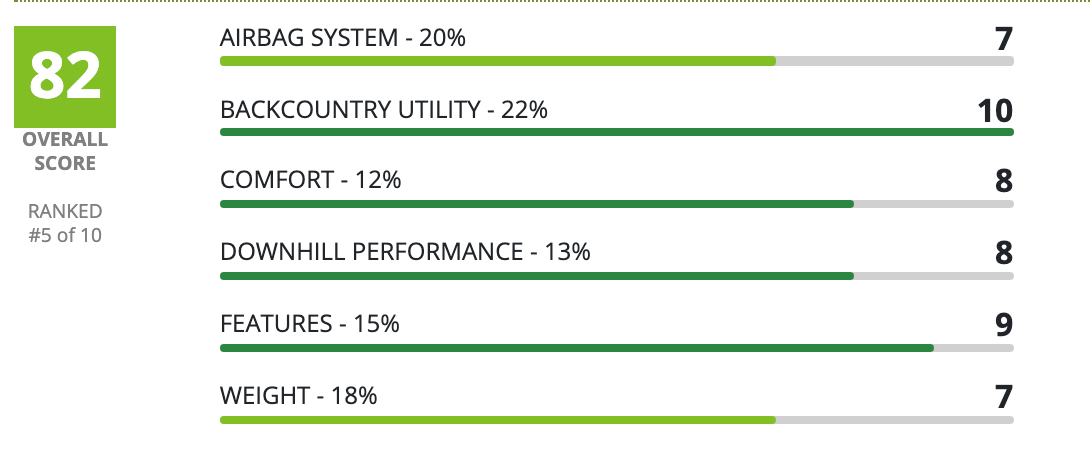
List pros and cons
While the bells and whistles are great, remember, people are trying to decide if the product is right for them.
To truly help people make the most informed decision possible, you can’t just list the features and benefits.
That’s why I highly suggest adding a section on the pros and cons of the product.
Below, you’ll see the section on pros and cons from an in-depth review of the BMW i3 Rex from OSV.
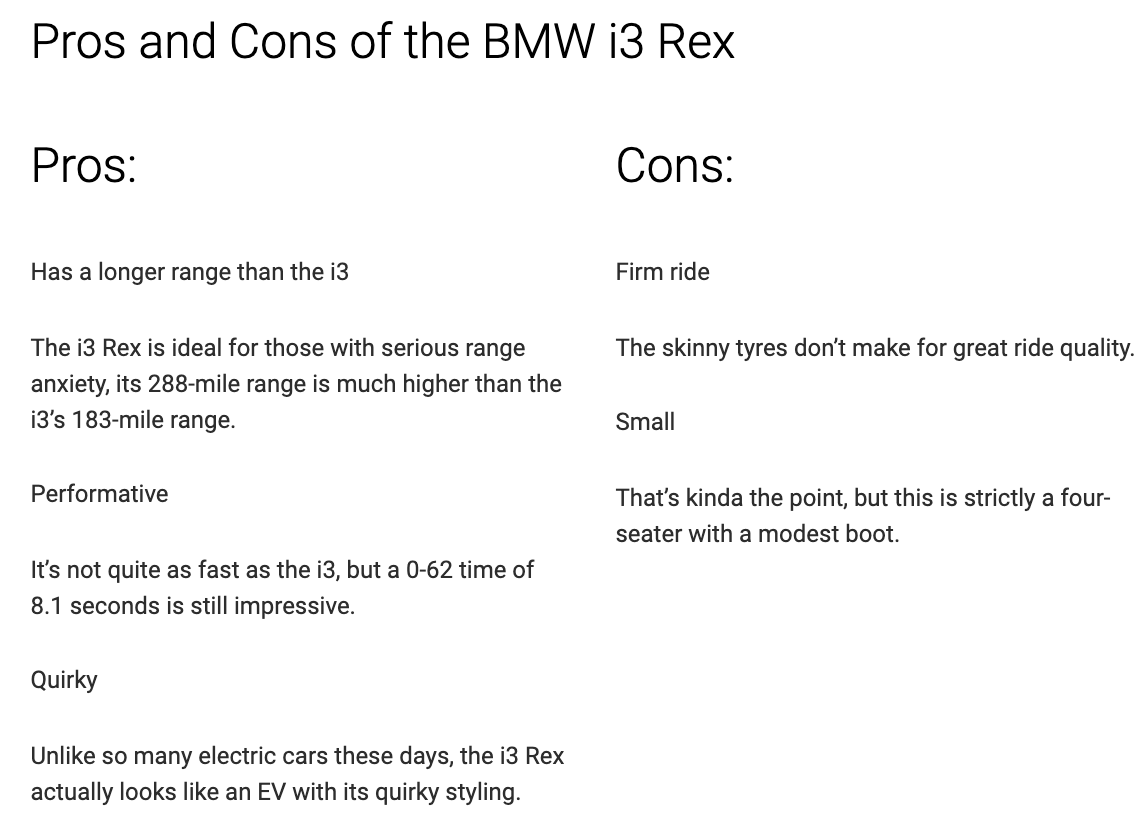
Good fit / bad fit
In the same vein as writing about the pros and cons, some readers will still need help determining if it’s the right choice for them.
Listing out the situations the product is not the best fit for, or the buyers it’s not a good fit for can really help them make an informed decision.
Comparisons to other products
As buyers close in on a purchase, they often research several options.
They may bounce from reading a review of one product to a review of another. And they might search for direct comparisons between two or more contenders.
Hopefully, in addition to writing reviews, you’re also writing comparison articles.
However, if you add in sections to your review describing how the product stacks up to others in its class, you can keep people from leaving to look up comparisons.
Save people the time and effort of searching for comparison articles by adding comparisons in your review article.
Below you'll see how CNET compares the various iPhones:

Add quotes from experts and testimonials from customers
To help flesh out your review article, give samples of reviews you’ve found or received from other consumers.
Again, this helps keep people on your page learning everything from you. It can also give them a broader sense for whom the product worked out for and why, and for whom it didn’t.
If you’re not the expert reviewing the product yourself, but you had help from interviewing salespeople or product owners, use quotes from them to lend credibility to your review.
What to include in an outro
You’ve fully educated the reader about the product, you’ve remained fair and objective throughout, how do you wrap the article up?
You have to give the people what they want:
A final verdict
Whether your scale is based on numbers, stars, colors, or frowny to fervent faces, people want to know the conclusion of your research.
So like it or not, to make a truly impactful review, you have to make a final verdict.

How can you help readers decide if the product is the best fit for them or if they should continue their research?
Plug your services
Hopefully you’ve committed to being objective throughout the article and were able to reel in the part of yourself that just wanted to sell the product to the reader.
The outro is the best place to let readers know how you can help them further.
Whether it’s a link to a shopping cart, a call to action to book time with a salesperson, or a prompt to visit your storefront, the outro is where you can plug your services without the reader’s defenses going up.
What I say when clients object to writing reviews
With all this said, I've certainly heard some pushback from clients about writing reviews. They always have the same two reasons for why they haven’t or why they feel like they can’t.
The same two objections, over and over.
Here's how I respond.
1. 'But buyers should write reviews'
After all, these are people that bought the products themselves and felt passionate enough about their purchase to inform (or warn) others, right?
While detailed consumer reviews can be very helpful (I scan through them myself on Amazon), most customer reviews are scant — and many others focus on unrelated circumstances like shipping and are not helpful
We’re all pretty familiar with why people write consumer reviews: They’re either ecstatic or enraged.
Honestly, how many times have you looked at review breakdowns on Amazon and seen most of the ratings as five-star and the second most as one-star?
And how trustworthy do you find those five-star ratings? You might assume some of them to be disingenuous; fabricated reviews meant to tip the ratings scale.
Aside from the trustworthiness and imbalance of the reviews, how often are the consumer reviews well-written?
How many genuinely helped you decide if the product was right for you, rather than just a breakdown of why it was right or wrong for them?
For example, I was recently shopping for new goggles on Amazon.
And while I found a few reviews that were valuable, many (like the ones pictured below) weren't helpful at all.

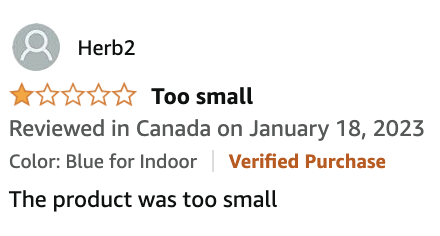
So, when companies say customers should be the ones to write reviews, I remind them that the end goal should be helpfulness — and customer reviews often don't feel all that helpful.
2. 'Third parties should write reviews'
There are a lot of third-party consumer review sites that give excellent product evaluations.
And yes, they’re often trustworthy because they don’t usually have any stake in the products they review, and if they do, they usually announce their affiliation at the top of the article.
Trust is really the heart of this objection. When I hear people say, shouldn’t third parties write the reviews?; what they’re really saying is, can people trust my review if I sell the product?
The answer to their unspoken question is yes...but there are some best practices to follow which we'll get into later.
Next actions
Now that you know why you should write reviews for your business and have some ideas for how to frame your article, the only step left is to start writing.
If you’d like tips and advice on how to write some of the other Big 5 blog articles, check out the links below.
- How to Write a Cost Article
- How to Write a Comparison Article
- How to Write about Your Competitors
- How to Write a Problems Article
And if you need a team of experts in your corner to guide you to the marketing promised land, reach out to IMPACT.
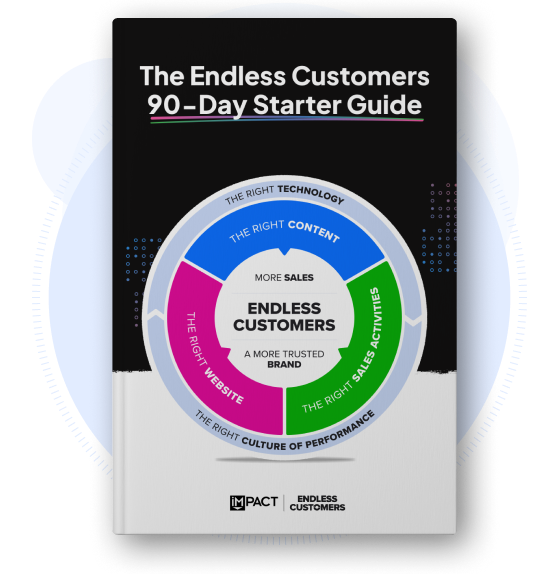

Ready to Get Started?


